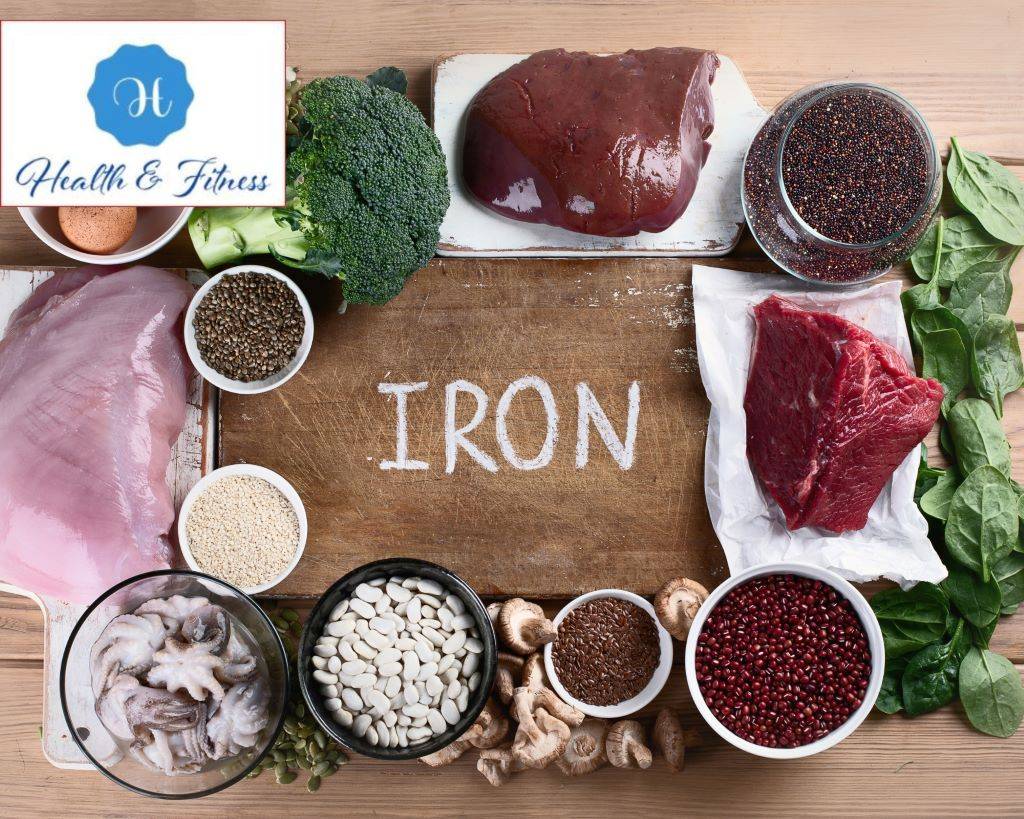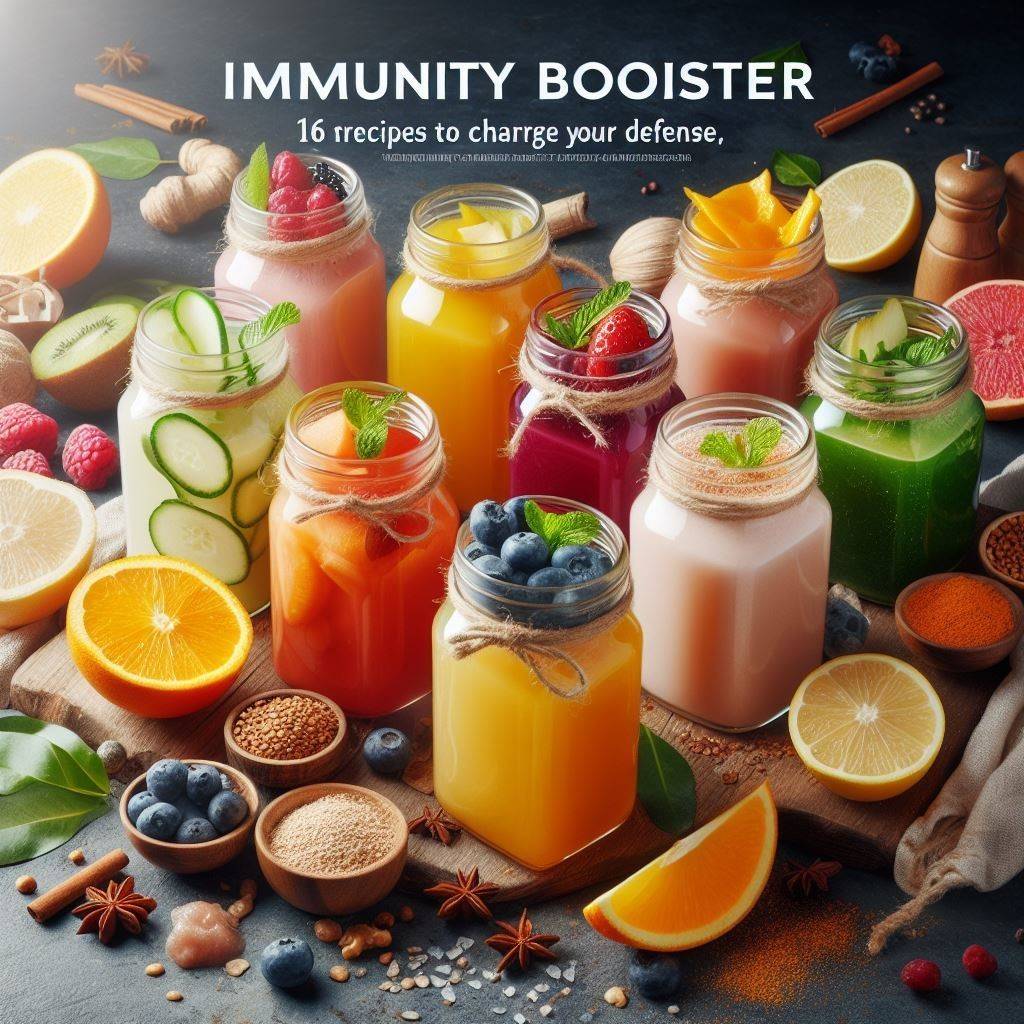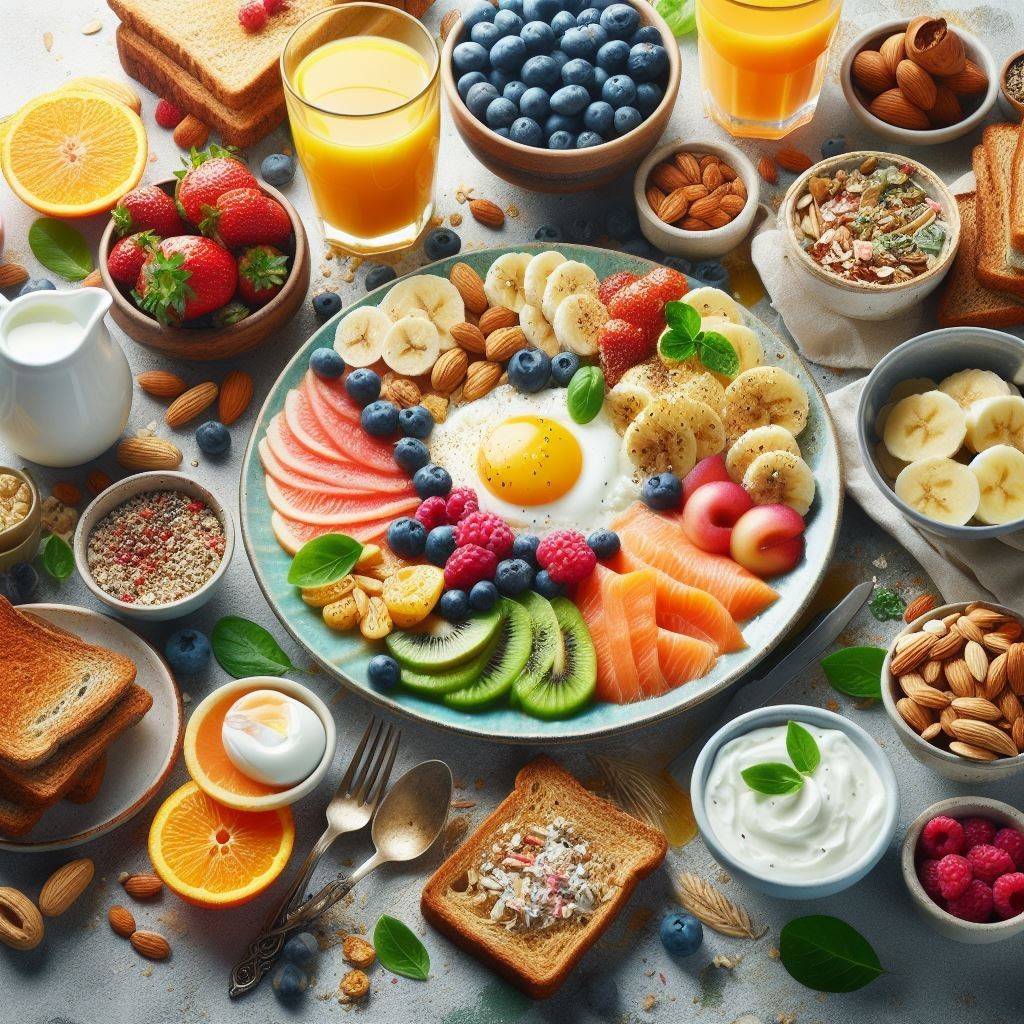Foods High in Iron UK: Boost Your Iron Intake and Unleash Your Culinary Creativity
Foods High in Iron UK: Discover Iron-Rich Delights to Boost Your Intake and Ignite Your Culinary Imagination
Introduction to Foods High in Iron UK
Elevate your iron intake with foods high in iron UK. Get creative in the kitchen and boost your nutrition. Explore it now. A healthy and balanced diet is about satisfying your hunger and nourishing your body with nutrients. One nutrient that often goes unnoticed but plays a crucial role in our overall well-being is iron. Iron involves various physiological processes, from transporting oxygen in the blood to supporting a robust immune system. Unfortunately, iron deficiency remains a common issue, particularly in the UK, where many people struggle to meet their daily iron requirements. In this blog post, we will delve deeper into the importance of iron in our diet, the consequences of iron deficiency, and, most importantly, how to incorporate iron-rich foods into your daily meals while unleashing your culinary creativity.
Understanding Iron: Unveiling the Secrets of this Mighty Mineral
Types of Foods High in Iron: Delicate Balance Between Heme and Non-Heme
Iron comes in two primary forms: heme iron and non-heme iron. Heme iron is predominantly found in animal-based foods like meat, poultry, and seafood, and it boasts excellent bioavailability, meaning our bodies can absorb it more easily. On the other hand, non-heme iron is present in plant-based foods such as vegetables, legumes, and fortified grains. While non-heme iron is not as readily absorbed as its heme counterpart, it still plays a vital role in meeting our iron needs.
Recommended Daily Intake: Foods High in Iron UK
Requirements for Different Age Groups and Genders
The recommended daily iron intake varies depending on age, gender, and life stage.
The recommended daily iron intake for different age groups, genders, and life stages:
| Age Group/Gender/Life Stage | Recommended Daily Iron Intake (mg) |
| Adult Men | 8.7 |
| Adult Women (19-50) | 14.8 |
| Pregnant Women | 27 |
| Breastfeeding Women | 10 |
| Children and Teenagers | Varies based on age and gender |
Please note that the specific iron requirements for children and teenagers depend on their age and gender, so it’s not possible to provide a single value for this group.
Factors Influencing Iron Absorption: Unraveling the Intricacies
Iron absorption is a complex process influenced by several factors. Vitamin C is an enhancer, facilitating iron absorption, while certain substances like calcium, polyphenols, and phytates can hinder it. Moreover, the body’s iron stores and the form of iron in the food also impact absorption rates.
Top Iron-Rich Foods in the UK: A Culinary Adventure Awaits
Red Meat: Savoring the Flavors of Heme Iron-Rich Delights
It is the best Iron-Rich Food in the UK
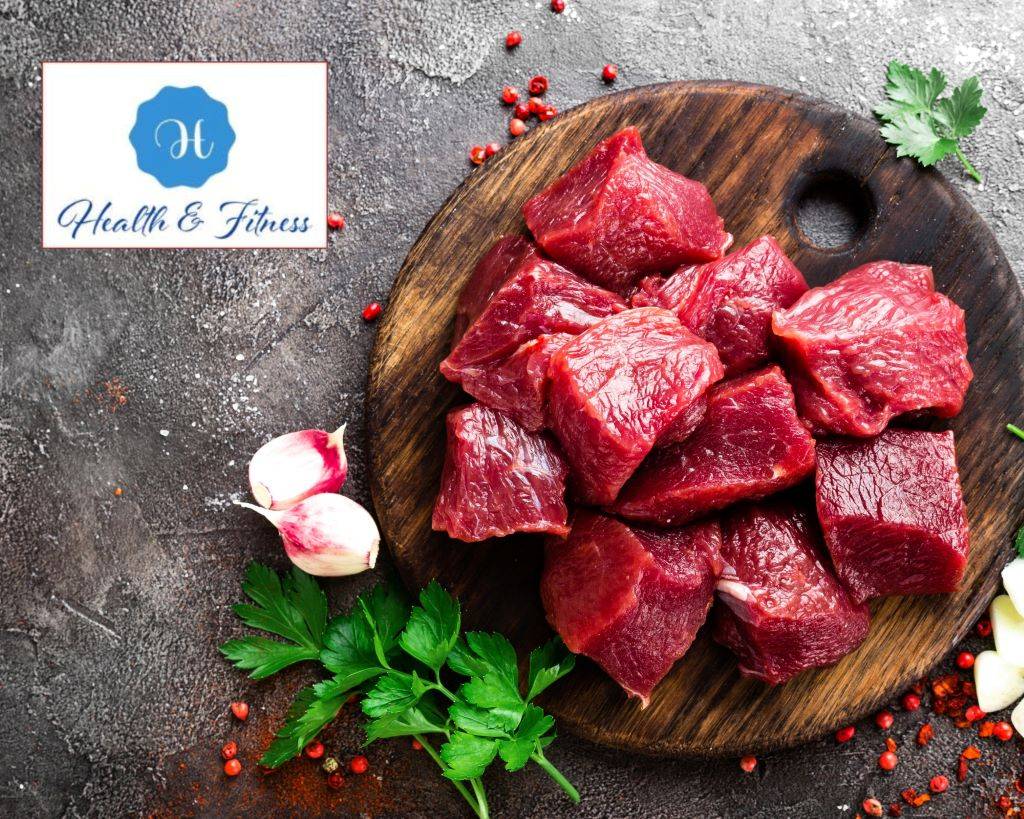
- Beef: The world of beef offers many possibilities to incorporate more iron into your diet. From succulent steaks to hearty stews, beef is a versatile option for various dishes. Opting for lean cuts is advisable to reduce saturated fat intake while reaping the benefits of iron.
- Lamb: Another delicious source of heme iron, lamb adds a touch of elegance to any meal. Whether you indulge in a traditional Sunday roast or explore Mediterranean-inspired recipes, lamb can contribute to your iron intake in a flavorful way.
Poultry: A Feathered Feast of Heme Foods High in Iron UK

- Chicken: While not as iron-rich as red meat, the chicken still provides a valuable source of heme iron. It offers a leaner alternative for those looking to reduce their consumption of red meat. With countless cooking methods and flavour combinations, chicken can quickly become a staple in your iron-rich diet.
- Turkey: This beloved holiday centrepiece is not only a symbol of celebration but also a source of heme iron. Turkey can grace your plate all year round, offering a lean protein option that n contributes to your daily iron requirements.
Seafood: Dive into a Sea of Heme Iron and Omega-3 Fatty Acids
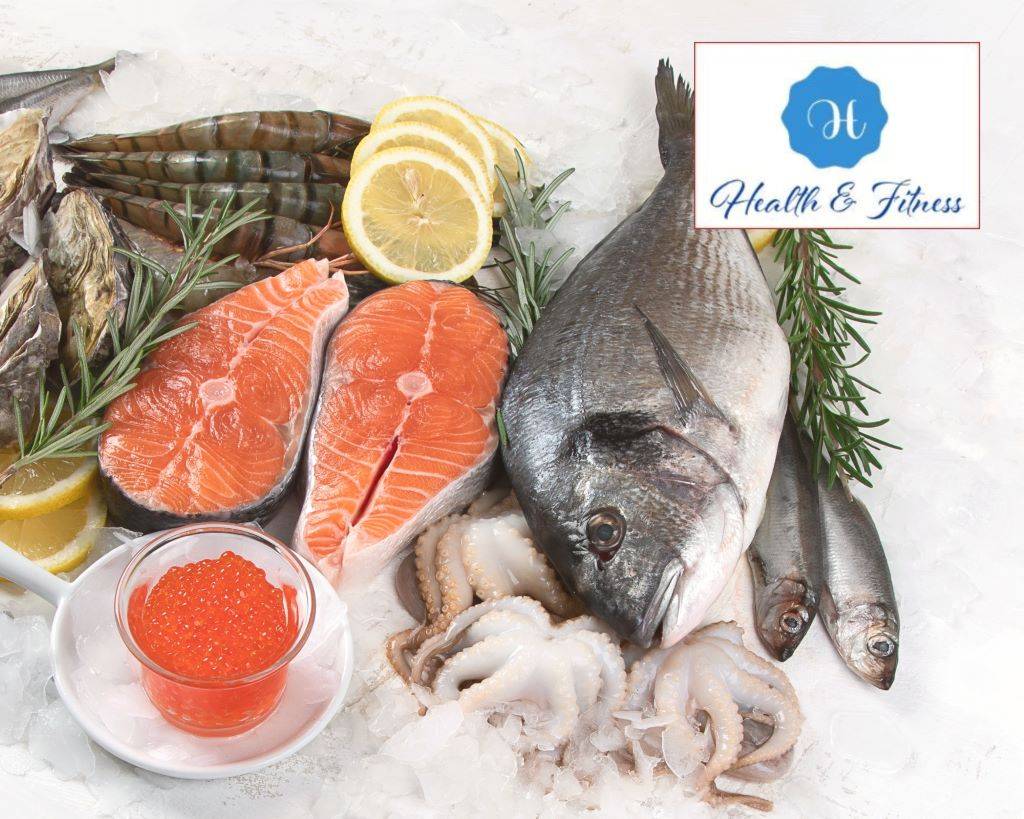
- Mussels: These delectable shellfish not only tantalize your taste buds but also provide a generous dose of heme iron. Moreover, mussels are a rich source of essential omega-3 fatty acids, promoting a healthy heart and brain.
- Oysters: With their exquisite flavour and high iron content, oysters are a true delicacy. Whether you enjoy them raw on the half-shell or incorporate them into an irresistible seafood dish, oysters can significantly boost your iron intake.
- Sardines: These small but mighty fish are packed with heme iron and omega-3 fatty acids, making them a nutritious addition to your diet. Sardines can be enjoyed fresh, grilled, or canned, offering versatility and convenience.
Vegetarian Sources of Iron: Unleashing the Power of Non-Heme Iron
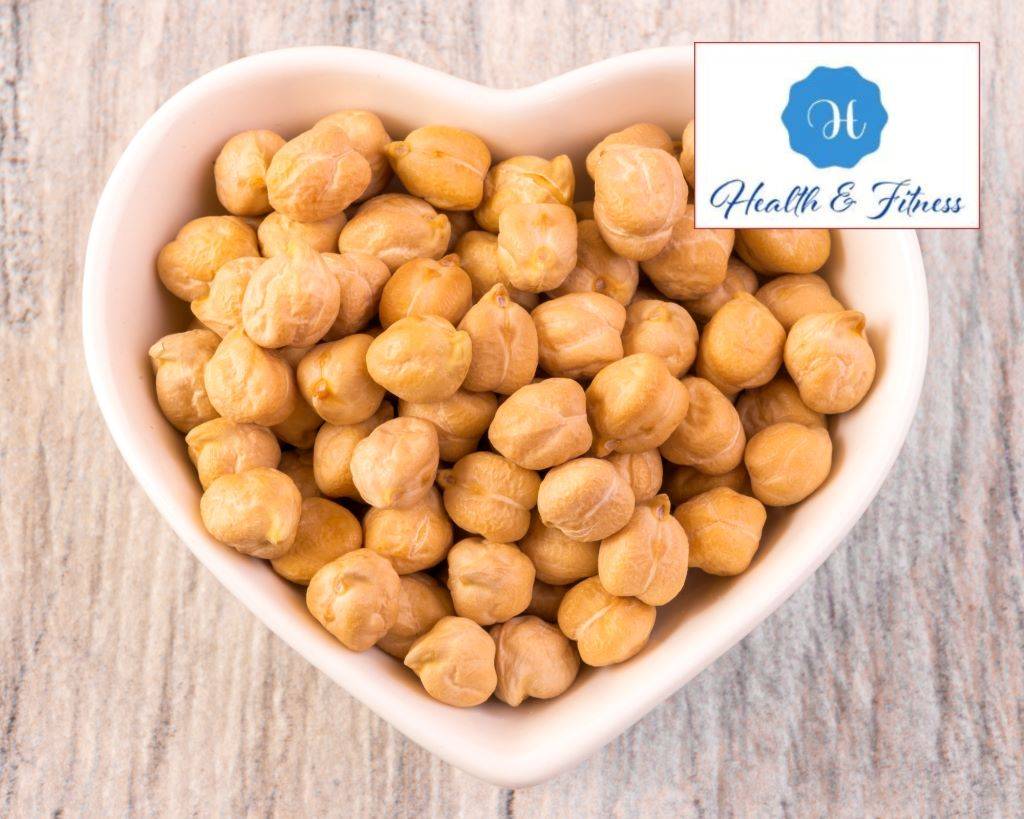
- Lentils: As one of the most versatile and protein-rich legumes, lentils are an excellent source of non-heme iron. From hearty soups to satisfying salads, lentils can add substance and iron to your culinary creations.
- Chickpeas: These legumes, also known as garbanzo beans, boast a robust nutritional profile and are an abundant source of non-heme iron. Whether incorporated into salads, stews, or transformed into creamy hummus, chickpeas are a staple ingredient for any iron-conscious cook.
- Beans: Kidney beans, black beans, and their diverse brethren offer a palette of colours and flavours while providing a significant amount of non-heme iron. From vibrant Mexican-inspired dishes to comforting bean stews, beans can effortlessly find their way into your iron-rich meals.
Leafy Green Vegetables: Vibrant Iron Powerhouses
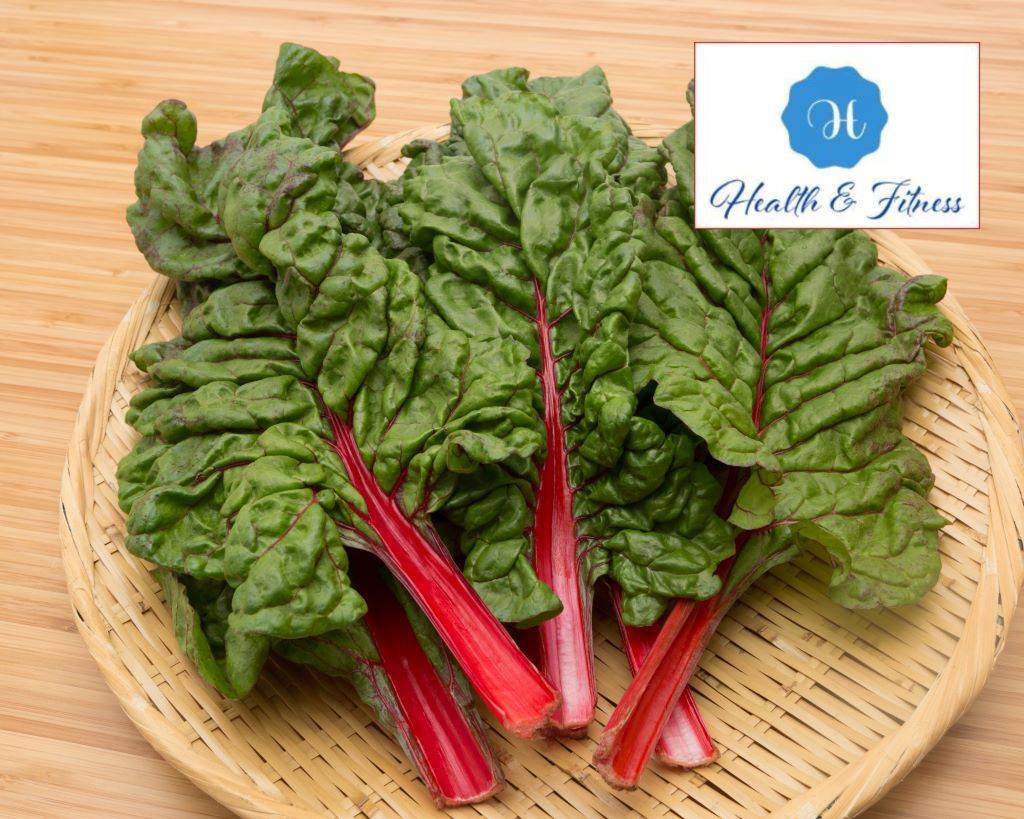
- Spinach: This leafy green superhero is rich in non-heme iron and boasts an array of other essential nutrients. Enjoy it raw in salads or sauté it with garlic and olive oil to unleash its full potential in various dishes.
- Kale: Another member of the leafy green family, kale packs a mighty punch of iron. Sauté it, add it to your ps or even turn it into crispy kale chips for a healthy and iron-rich snack.
- Swiss chorditis’s vibrant colours and high iron content add visual appeal and nutritional value to your meals. Incorporate it into stir-fries or omelets, or sauté it with a touch of lemon juice for a delightful side dish.
Nuts and Seeds: Best Foods High in Iron UK
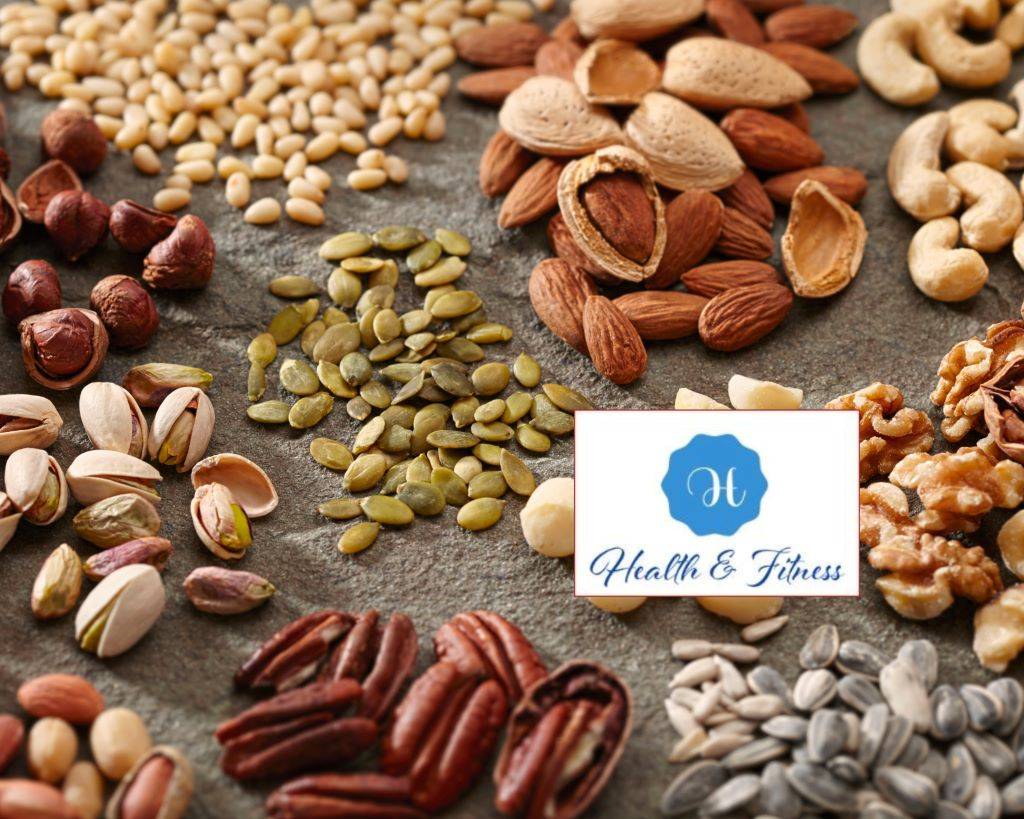
- Pumpkin Seeds: These tiny powerhouses contain non-heme iron and provide healthy fats and protein. Sprinkle them on salads or enjoy them as a snack to boost your iron intake.
- Sunflower Seeds Compared to their pumpkin counterparts, sunflower seeds are an excellent source of iron that adds a pleasant crunch to any dish. Enjoy them as a standalone snack or incorporate them into salads and other culinary creations.
- Almonds: These nutrient-dense nuts offer non-heme iron, healthy fats, protein, and fiber. Snack on them, add them to your morning cereal or use them as a base for delectable homemade nut butter.
Fortified Foods: Fortifying Your Iron Arsenal
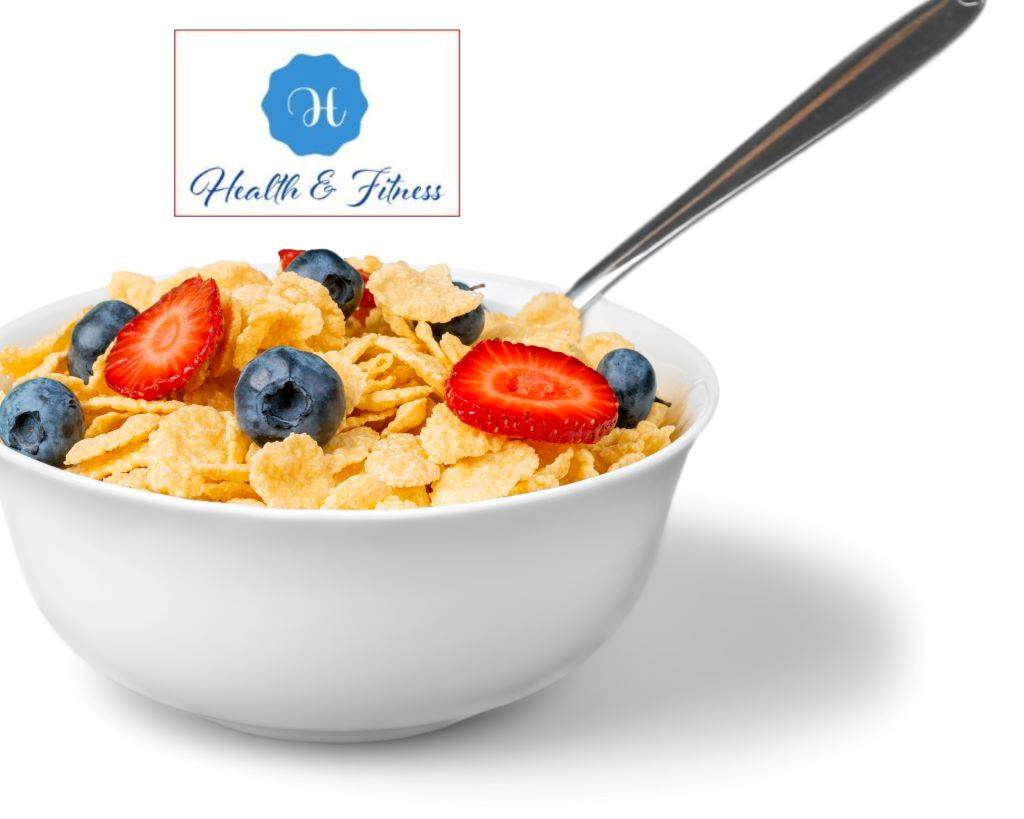
- Breakfast Cereals: Many breakfast cereals in the UK are fortified with iron, making them a convenient and delicious way to boost your daily iron intake. Explore the variety of grains available, from crispy flakes to hearty granolas.
- Bread: Some bread varieties, particularly whole grain options, are fortified with iron. Embrace the aroma of freshly baked bread while ensuring your iron needs are met with each bite.
- Plant-Based Milk Alternatives: Many plant-based milk alternatives, such as soy or almond milk, are fortified with iron. Use them in your morning coffee, cereal, or smoothies to enhance the flavour and increase your iron intake.
Tips for Enhancing Iron Absorption
Combine Iron-Rich Foods with Vitamin C Sources:
Pairing iron-rich foods with vitamin C sources, such as citrus fruits, strawberries, or bell peppers, can significantly enhance iron absorption. Create refreshing fruit salads, incorporate citrusy dressings, or squeeze lemon juice over your iron-packed dishes.
Optimize Cooking Methods:
Maximizing Iron Availability Soaking and Sprouting Legumes: Consider soaking or sprouting them before cooking. These processes help reduce iron inhibitors’ content, increasing iron availability in your meals.
Utilize Cast Iron Cookware:
Cooking with cast iron pans can infuse your food with a handful, further boosting your iron intake. Embrace the rustic charm of cast iron and let its magical properties enhance your culinary endeavours.
Avoid Iron Absorption Inhibitors:
Navigating the Culinary Landscape with Wisdom
Limit Calcium Supplements:
While calcium is essential, excessive calcium supplementation can hinder iron absorption. Ensure you strike a balance between these vital nutrients to optimize their absorption and utilization by your body.
Watch Your Tea and Coffee Consumption:
Although a cup of tea or coffee can be a delightful ritual, excessive consumption can interfere with iron absorption. Enjoy these beverages between meals rather than with your iron-rich dishes to maximize iron absorption.
Delicious Iron-Boosting Recipes: Unleash Your Inner Chef
- Recipe 1: Spinach and Chickpea Curry: Combine the iron-rich goodness of spinach and chickpeas in a fragrant curry bursting with flavours and nutrients. Serve it with fluffy basmati rice or warm naan bread for a complete and satisfying meal.
- Recipe 2: Beef and Lentil Stew: Create a hearty and comforting stew by combining tender beef and protein-packed lentils. Slow-cook it to perfection, allowing the flavours to meld together for a nourishing and satisfying dish.
- Recipe 3: Kale and Almond Salad with Grilled Chicken: Whip up a vibrant salad featuring iron-rich kale, crunchy almonds, and juicy grilled chicken. Drizzle it with a zesty lemon dressing for a refreshing and nutritious meal.
- Recipe 4: Mussels in Tomato Sauce: Indulge in a seafood delight with plump mussels cooked in a flavorful tomato sauce. This dish satisfies your cravings and provides a generous dose of heme iron and omega-3 fatty acids.
- Recipe 5: Iron-Packed Smoothie Bowl: Start your day with a refreshing and nutritious smoothie bowl with iron-rich ingredients. Blend spinach, almond milk, pumpkin seeds, and berries for a vibrant and energizing breakfast treat.
Conclusion about Foods High in Iron UK
Embark on a Flavorful Journey to Optimal Health with Foods High in Iron UK
Incorporating iron-rich foods into your daily meals is not only a means to meet your iron requirements but also an opportunity to unleash your culinary creativity. By embracing diverse heme and non-heme iron sources, you can create delicious and nutritious meals that nourish your body and tantalize your taste buds. So, embark on this flavorful journey and explore the wide range.
Reference
National Health Service (NHS). (2022). Iron deficiency anemia. Retrieved from https://www.nhs.uk/conditions/iron-deficiency-anaemia/

